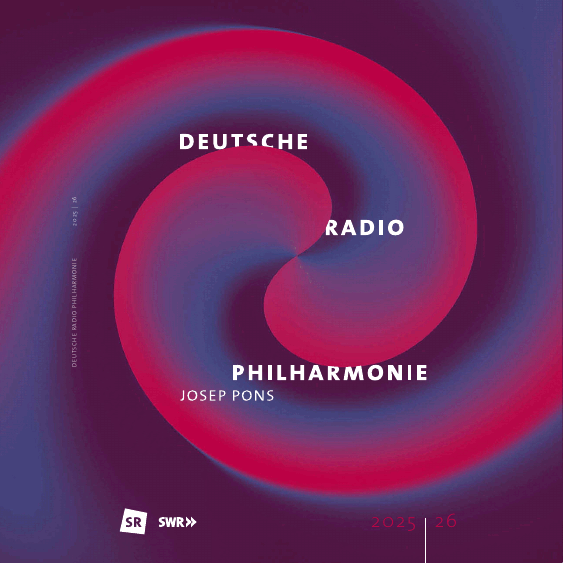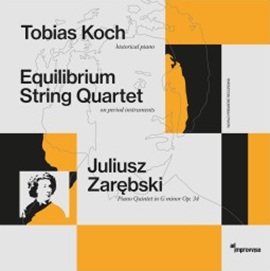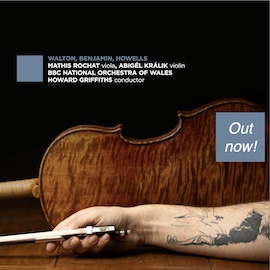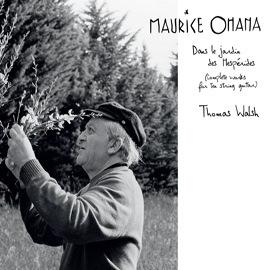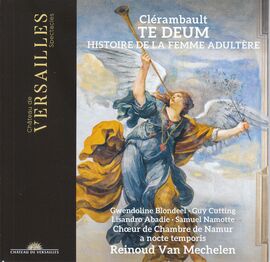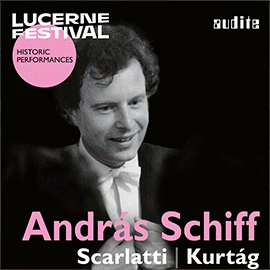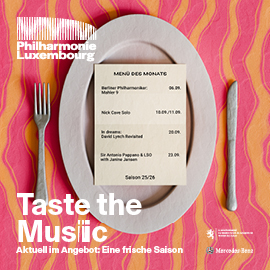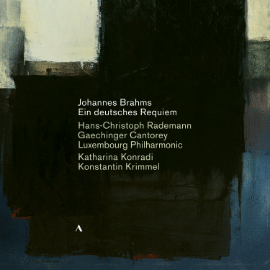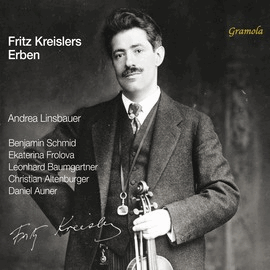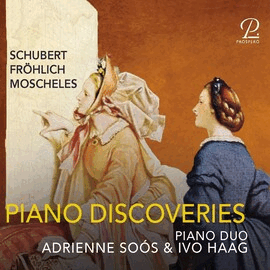Louis-Nicolas Clérambault komponierte nur ein einziges Oratorium, eine Version der biblischen Geschichte L’Histoire de la Femme adultère. In der Ausgabe der Partitur beim Centre de musique baroque de Versailles heißt es: « Seine Geschichte der Ehebrecherin greift den Kanon des römischen Oratoriums des 17. Jahrhunderts auf, das insbesondere von Carissimi geformt wurde.
Clérambault gelang die Verschmelzung des französischen und italienischen Geschmacks, indem er den deklamatorischen Stil im französischen Stil mit ultramontanen Strukturelementen wie regelmäßigen Karikaturen, Wiederholungen, moderner Verwendung der Tonart, der Da-capo-Arie und strengen Chorfugen vermischte. »
Diese Effekte kommen in den Darbietungen der Solisten und des Instrumentalensembles sehr gut zur Geltung. Die Sänger sind sich der Bedeutung des Textes sehr bewusst und bringen die Art und Weise, wie Clérambault ihn in seiner Musik illustriert hat, wirkungsvoll zum Ausdruck. Das Instrumentalensemble spielt gut und ausdrucksvoll.
Im Te Deum finden sich viel lichtvoller Gesang und eine immer lebendig geäußerte Feierlichkeit. Van Mechelen gibt diesem Werk Glanz ohne klangliche Opulenz. Er will Helligkeit, Freude und Inbrunst vermitteln, ohne die Musik pathetisch klingen zu lassen. Sowohl das Instrumentalensemble als auch die Solisten und der gepflegte, kultiviert singende Chor überzeugen vollends.
Louis-Nicolas Clérambault composed only one oratorio, a version of the biblical Story of the Adulteress. The edition of the score at the Centre de musique baroque de Versailles states: « His story of the adulteress takes up the canon of the 17th century Roman oratorio, which was shaped in particular by Carissimi.
Clérambault succeeded in merging French and Italian taste by mixing the declamatory style in the French style with ultramontane structural elements such as regular caricatures, repetitions, modern use of the key, the da capo aria and strict choral fugues. »
These effects come across very well in the performances of the soloists and the instrumental ensemble. The singers are very aware of the meaning of the text and effectively express the way in which Clérambault illustrated it in his music. The instrumental ensemble plays well and expressively.
In the Te Deum there is much light-filled singing and an always vividly expressed solemnity. Van Mechelen gives this work splendor without tonal opulence. He wants to convey brightness, joy and fervor without making the music sound pathetic. The instrumental ensemble as well as the soloists and the fine choir are completely convincing.



